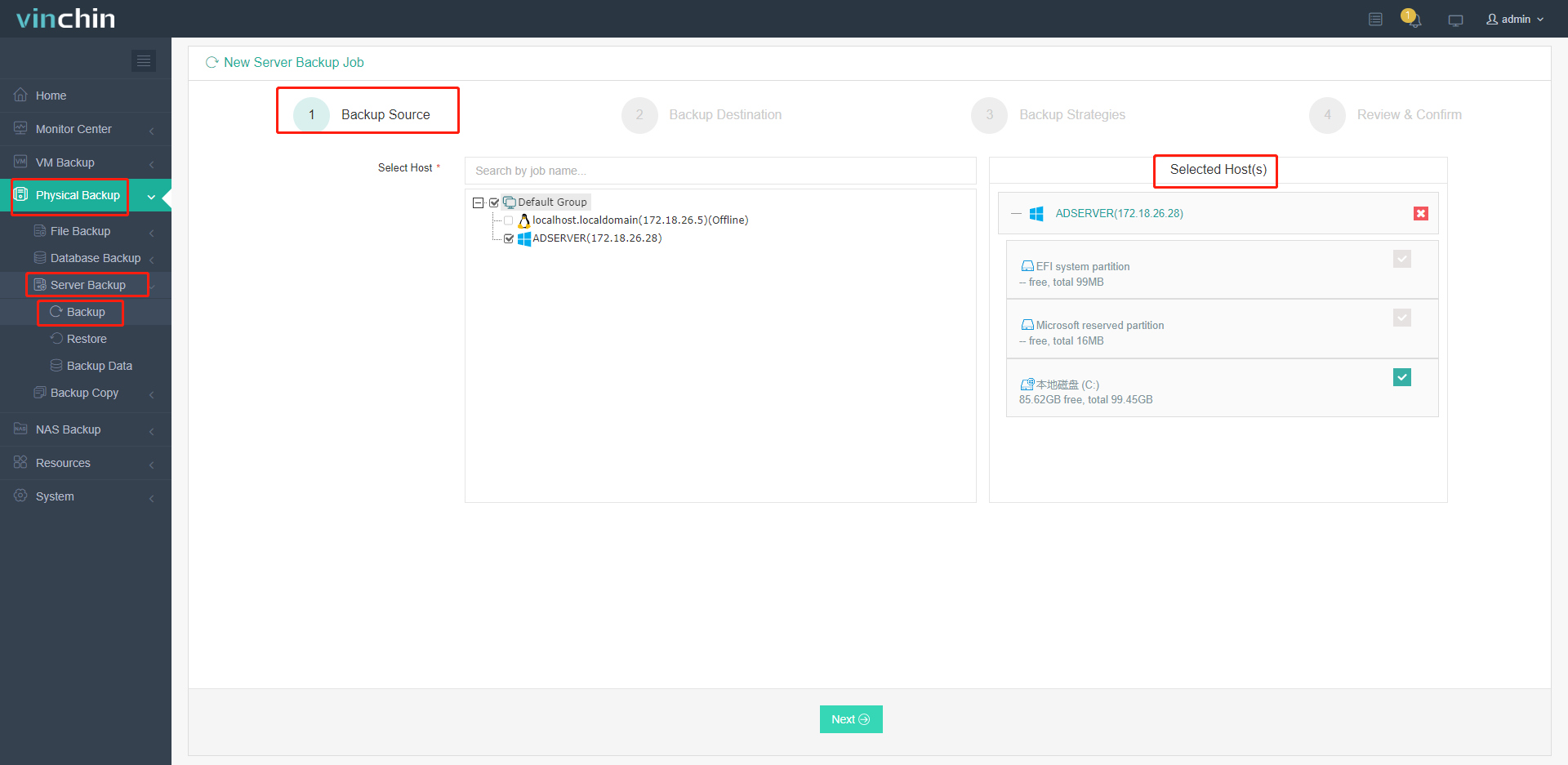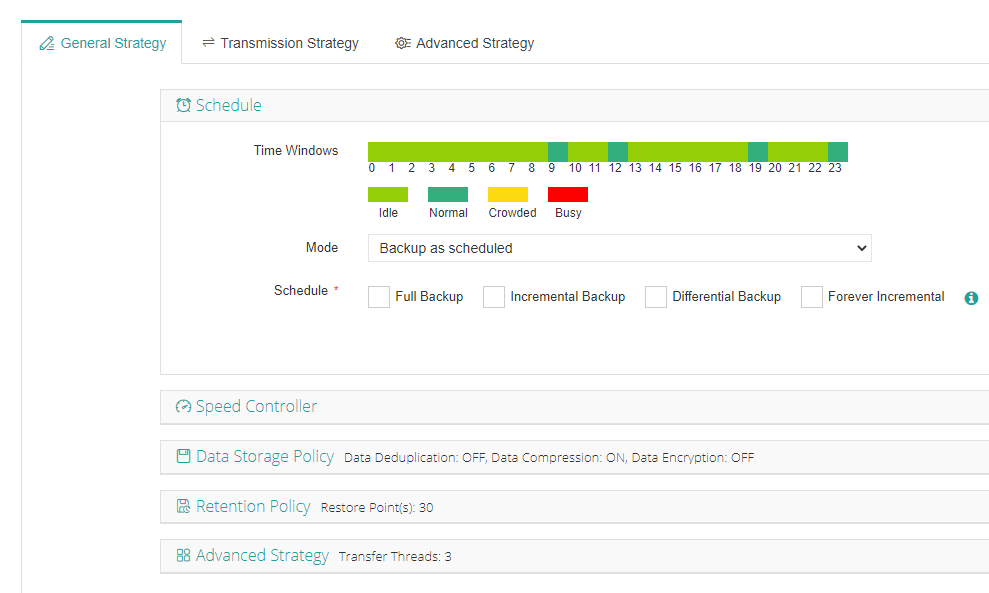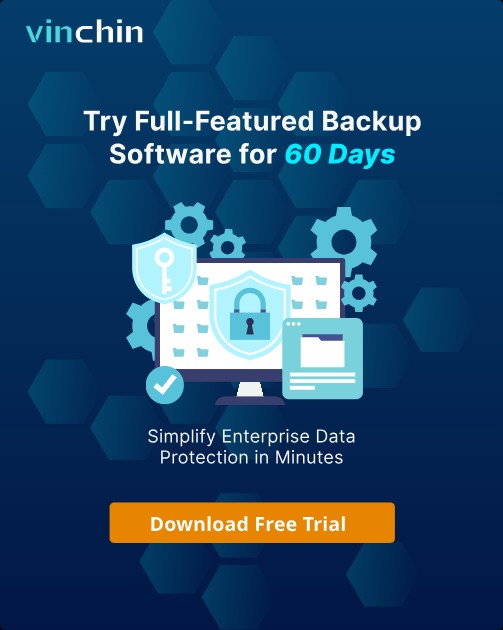-
What is Windows Server Essentials?
-
What is Windows Server Standard?
-
Architecture and Limitations of Windows Server Essentials and Standard
-
Migration Strategies When Upgrading Windows Server Editions
-
Comparison Table: Windows Server Essentials vs Standard
-
Enhance Protection of Windows Servers with Vinchin Backup & Recovery
-
Windows Server Essentials vs Standard FAQs
-
Conclusion
Choosing between Windows Server Essentials and Windows Server Standard can shape your organization’s IT future. Both are official Microsoft editions designed for business environments—but their capabilities differ greatly. If you’re responsible for planning infrastructure or scaling operations, understanding these differences is crucial.
What is Windows Server Essentials?
Windows Server Essentials serves as Microsoft’s entry-level server platform for small businesses. It focuses on simplicity, affordability, and core functionality without overwhelming users who may not have dedicated IT staff.
Essentials supports up to 25 users and 50 devices—a hard limit enforced by the operating system itself. If your environment grows beyond this cap, you must upgrade; there’s no workaround or soft warning period.
One key advantage: Client Access Licenses (CALs) are not required with Essentials. This keeps costs predictable since you pay a flat fee per server rather than tracking licenses per user or device.
Core features include file sharing, print services, centralized management tools like Server Manager, basic security policies, and simple Active Directory integration as a primary domain controller. However, it lacks support for read-only domain controllers (RODC) and some advanced Group Policy settings found in higher editions.
Since Windows Server 2022, Essentials is only available through OEM partners—meaning it comes pre-installed on new hardware from certified vendors. Activation uses a special product key that installs as Standard edition but enforces all Essentials limitations behind the scenes.
If your business needs reliable file storage or printer sharing without complex virtualization or clustering requirements—and if you expect slow growth—Essentials may be ideal.
What is Windows Server Standard?
Windows Server Standard targets organizations needing more flexibility and scalability than Essentials provides. It’s suitable for both small businesses expecting rapid growth and medium-sized enterprises running multiple workloads or virtual machines.
Unlike Essentials’ strict caps, Standard has no built-in user/device limits—but every user or device connecting requires a CAL purchased separately from Microsoft or authorized resellers. CAL management becomes important as your environment scales; you’ll need processes to track license assignments whether using per-user or per-device models.
Standard unlocks advanced roles such as Hyper-V virtualization (allowing up to two VMs per license), Storage Spaces Direct (S2D) for software-defined storage pools across multiple servers, Active Directory Federation Services (ADFS) for single sign-on across cloud apps, Failover Clustering for high availability setups, Shielded VMs for enhanced security isolation—and much more.
Hardware support scales dramatically: Windows Server 2022 Standard supports up to 64 CPU sockets and 48TB RAM per host according to Microsoft documentation. This makes it suitable even in demanding datacenter environments where performance matters most.
If your organization plans on running several server roles simultaneously—or expects frequent changes in scale—Standard provides room to grow without forced migrations down the road.
Architecture and Limitations of Windows Server Essentials and Standard
Understanding how these editions enforce their boundaries helps prevent surprises during deployment or upgrades.
In Essentials, user/device limits are hard-coded into the OS kernel itself; once you reach either threshold (25 users/50 devices), attempts to add more accounts will fail outright—even if hardware resources remain available. Authentication requests above these limits are denied at login time rather than simply being unsupported administratively.
For Standard, there are no technical blocks within the OS regarding users/devices—but compliance depends on proper CAL assignment during audits or internal reviews. CALs come in two types:
Per User: Each individual can access from any device.
Per Device: Any number of individuals can use one licensed device.
Choosing between them affects cost efficiency depending on work patterns—BYOD environments often favor Per User CALs while shift-based workplaces may prefer Per Device CALs due to shared terminals.
Both editions share a common codebase; however, certain binaries related to advanced features remain locked out in Essentials via SKU restrictions even though they exist under the hood.
When considering upgrades—for example moving from Essentials to Standard—it’s possible in many cases to perform an in-place conversion by entering a new product key if hardware meets minimum requirements. However, some roles unique to Essentials must be removed first before upgrading successfully.
Migration Strategies When Upgrading Windows Server Editions
Growth sometimes forces transitions—from outgrowing Essential's caps…to embracing virtualization…or adopting stricter security frameworks mandated by auditors/regulators alike!
Here’s how seasoned admins approach migration:
1. Assess current usage against known limits well before hitting thresholds;
2. Inventory installed roles/features incompatible with target edition;
3. Remove unsupported components manually prior conversion;
4. Use DISM command-line tool (DISM /online /Set-Edition) OR enter new product key via Settings > Activation > Change Product Key;
5. Reboot system then validate all services function correctly post-upgrade;
6. Reapply missing GPO/security settings leveraging expanded feature set now unlocked!
For larger moves involving cross-domain consolidation/data center relocation consider leveraging Windows Server Migration Tools alongside trusted backup solutions like Vinchin—to ensure seamless cutovers without risking data loss along the way!
Comparison Table: Windows Server Essentials vs Standard
| Feature | Essentials | Standard |
|---|---|---|
| User/device limit | 25 users / 50 devices | No limit (with CALs) |
| CALs required | No | Yes |
| Virtualization | Not supported | Up to 2 VMs/license |
| Advanced roles | Limited | Full support |
| Hardware limits | 1 CPU /10 cores /128GB | Up to 64 CPUs /48TB RAM |
| Management | Server Manager/WAC | Server Manager/WAC |
| Failover Clustering | No | Yes |
| Storage Replica | No | Yes |
| Nano Server Support | No | Yes |
| Upgrade path | Must upgrade at cap | N/A |
Enhance Protection of Windows Servers with Vinchin Backup & Recovery
To enhance protection of your Windows Servers—whether you're running Windows Server Editions specifically or managing mixed environments—it pays dividends to choose an enterprise-grade solution like Vinchin Backup & Recovery.
As a professional backup platform supporting nearly all mainstream operating systems—including Windows distributions such as Windows Server Editions first and foremost, alongside Ubuntu, RHEL, SLES, Rocky Linux, Oracle Linux, Debian and others—Vinchin delivers robust real-time protection through Continuous Data Protection (CDP). With CDP enabled, data changes are continuously replicated from production systems straight onto standby machines monitored around-the-clock by heartbeat detection; should failure occur on the primary node, automatic failover kicks in instantly—with seamless synchronization back once service resumes.
Beyond CDP replication and failover automation—which help minimize downtime—Vinchin empowers administrators with flexible policy configuration options including forever incremental backups that save space/time; throttling policies that optimize resource usage during peak hours; built-in compression/deduplication reducing storage footprint; Changed Block Tracking accelerating incremental jobs; instant restore capabilities allowing rapid recovery of entire systems/disks/filesystems within minutes; plus straightforward disk migration tools among others—all accessible through an intuitive web console interface designed for operational efficiency.
Backing up any physical machine takes just four steps within Vinchin's web console:
1. Select which machine(s) you'd like protected;

2. Choose desired backup storage location(s);

3. Configure relevant strategies;

4. Submit the job.
Join thousands of global customers who rate Vinchin highly for reliability and ease-of-use! Download your free installer today—the full-featured trial lasts sixty days so you can experience effortless deployment firsthand before making any commitment.
Windows Server Essentials vs Standard FAQs
Q1: Can I upgrade from Essentials Edition directly into Standard without reinstall?
A1: Yes—in most cases use CHANGE PRODUCT KEY option under Activation settings provided hardware meets minimum specs; remove any unsupported roles beforehand then reboot system validating services resume normally afterward.
Q2: Does running more than two virtual machines require additional licensing under Standard?
A2: Absolutely—for every two extra guest VMs assign another pair of processor-based licenses covering host accordingly.
Q3: Can I deploy Hybrid Azure AD Join using only an Essential server?
A3: Partially—basic sync works but lacks deep integration/policy control offered exclusively inside full-featured editions like Standard.
Conclusion
Selecting between Windows Server Essentials versus Standard hinges upon anticipated growth curve plus operational complexity facing team today AND tomorrow alike! For scalable deployments needing robust HA/security/compliance controls always opt upward toward full-featured platforms whenever budget permits! Regardless chosen path trust Vinchin delivering proven protection keeping business online rain-or-shine everywhere globally!
Share on:







